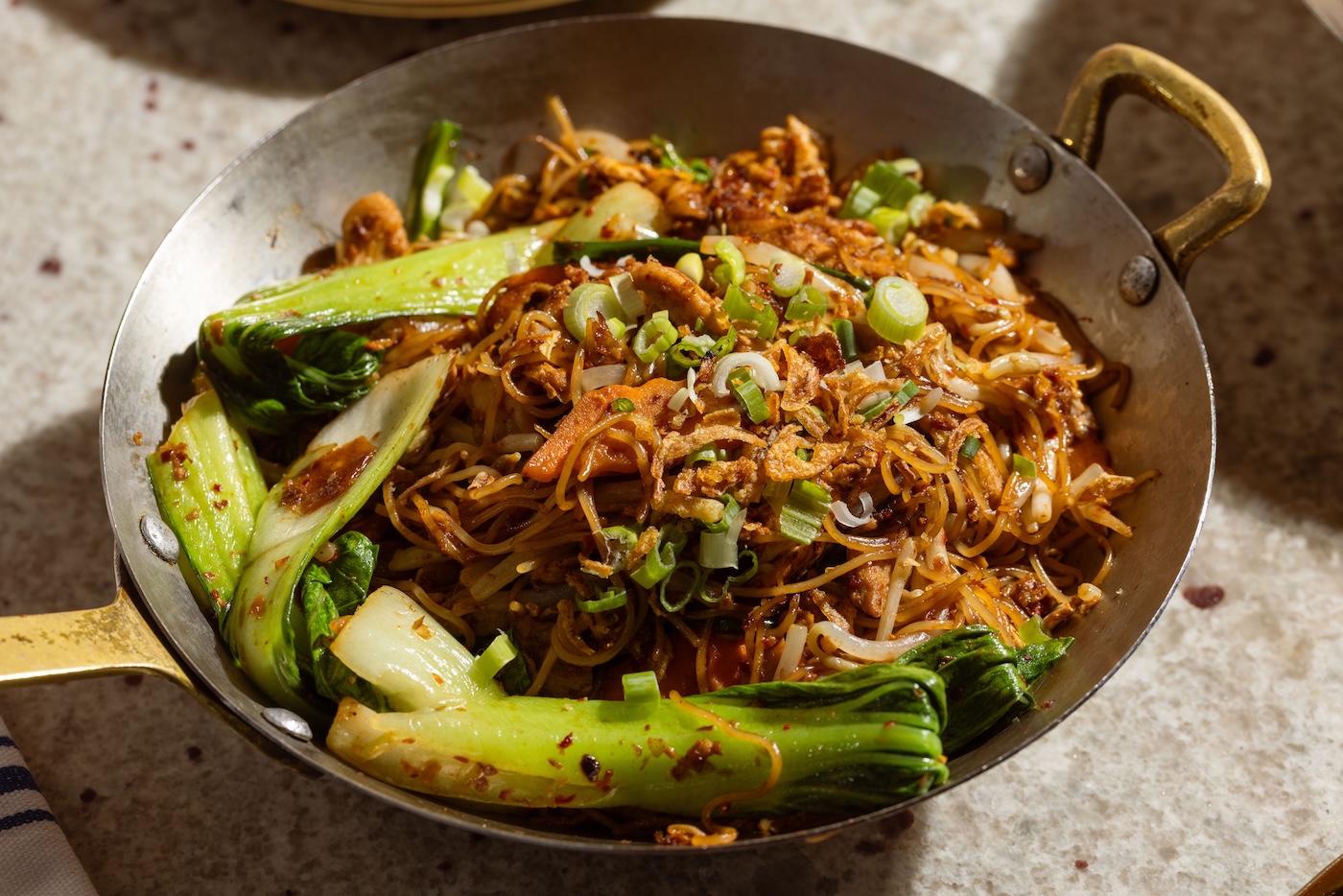The big, bold allure of Malaysian food

My life is guided by my stomach. I’ll base entire trips off a craving for a specific flavor or dish that pops up in my dreams, leaving my stomach growling in the morning. After country hopping around Asia for the last seven years, my cravings keep me returning to Malaysia.
But what about Japan, Vietnam or Thailand?
Sure, they’re arguably the world’s most beloved Asian cuisines, but the spicy, sweet and wildly diverse flavors of Malaysian cuisine are often overlooked — especially by American diners.
“It’s a constant challenge to gain interest in something so far away from what’s mainstream or popular when we’re categorized under the oversaturated title, ‘Asian Food’,” says Chef Tracy Goh, chef and owner of Damansara (named after the chef’s Malaysian hometown) in San Francisco. “I think the reason is that Asian communities in the US are often lumped together and presented like a monolith, so it takes extra effort to educate the public beyond food just to differentiate our identities.”
Malaysian food is highly varied and regional. “There’s no simple way to describe what Malaysian food is,” she says. “It’s a blend of Southeast Asian, Indigenous, Malay, Chinese, Indian and European influences from the Dutch, Portuguese and British.”
Want more great food writing and recipes? Sign up for Salon’s free food newsletter, The Bite.
But if there’s one Malaysian dish you are familiar with, it’s likely nasi lemak. This dish is the country’s unofficial national dish made of a coconut rice plate with spicy sambal sauce, fried anchovies, peanuts and a main protein, like fried chicken, curries, vegetable stew, grilled fish or other seafood.
For the world’s best Malaysian food, do yourself a favor and book a flight to Georgetown, Penang. Malaysians will tell you, this island off the country’s northwest coast is its food capital. Singaporeans will fly there for the weekend, just to stuff themselves with its many culinary delights.
After spending three months traveling Malaysia, I agree, Penang is the world’s most underrated food capital. Most known for its char kway teow, a wok-fried noodle dish with egg, shrimp, Chinese sausage and a hint of spice, head to Left-handed Char Koay Teow or Goggles Man Char Kuey Teow.
Chef Alex Yap of New York City’s Laut says, “Malaysian chefs are also noticing an interest in their cuisine and culture across the country. Yap says, “Malaysian food has become more popular, especially in the last few years. Also, the places in Malaysia like Penang, Kuala Lumpur and Melaka are now like the “must-visit” food destinations.”
If you’re looking for something closer to home, Goh’s Damansara Malaysian Restaurant makes a mean Dungeness crab with local Pacific Northwest crabs prepared in three different Malaysian sauces, chili sauce, salted egg and cereal sauce, Borneo black pepper sauce.
Big, bold flavors are mainstays in Malaysian food. At Laut, chef Yup serves classic dishes like nasi lemak, rendang beef, asam laksa and roti canai. “These are the top dishes that customers come back for,” he says. “Malaysian cuisine has so much flavor in every bite, diverse ingredients, and cultural fusion.”
In New York’s Lower East Side, Kopitiam served Nyonya cuisine, a combination of Malay, Chinese and European influences. Named after a traditional coffee shop found everywhere in Malaysia, Kopitiam serves all-day Malaysian breakfast like the must-try kaya butter toast and fish ball soup.
At Azalina’s in San Francisco, chef Azalina Eusope, a 2024 James Beard Award Semifinalist, highlights rare and unique Malaysian dishes with a California twist, offering guests a seasonal multi-course experience. “Malaysia is not a monoculture country; it shows in the people and definitely through our food. I tell my guest Malaysia embodies what a truly Asian country is.” Malaysia’s diversity is evident in the fact that Eusope hasn’t repeated a single dish in the last three years.North in Seattle,
Kedai Makan started out at farmers markets and became so popular that they now have two restaurants. Chili pan mee, made with noodles, ground pork, anchovies, mushrooms, poached egg and belacan sambal, is among their most popular dishes. Wash it down with a creamy coconut shake or a sweet Malaysian white coffee and you’ll be as addicted to Malaysian food as I am.
Read more
about this topic
